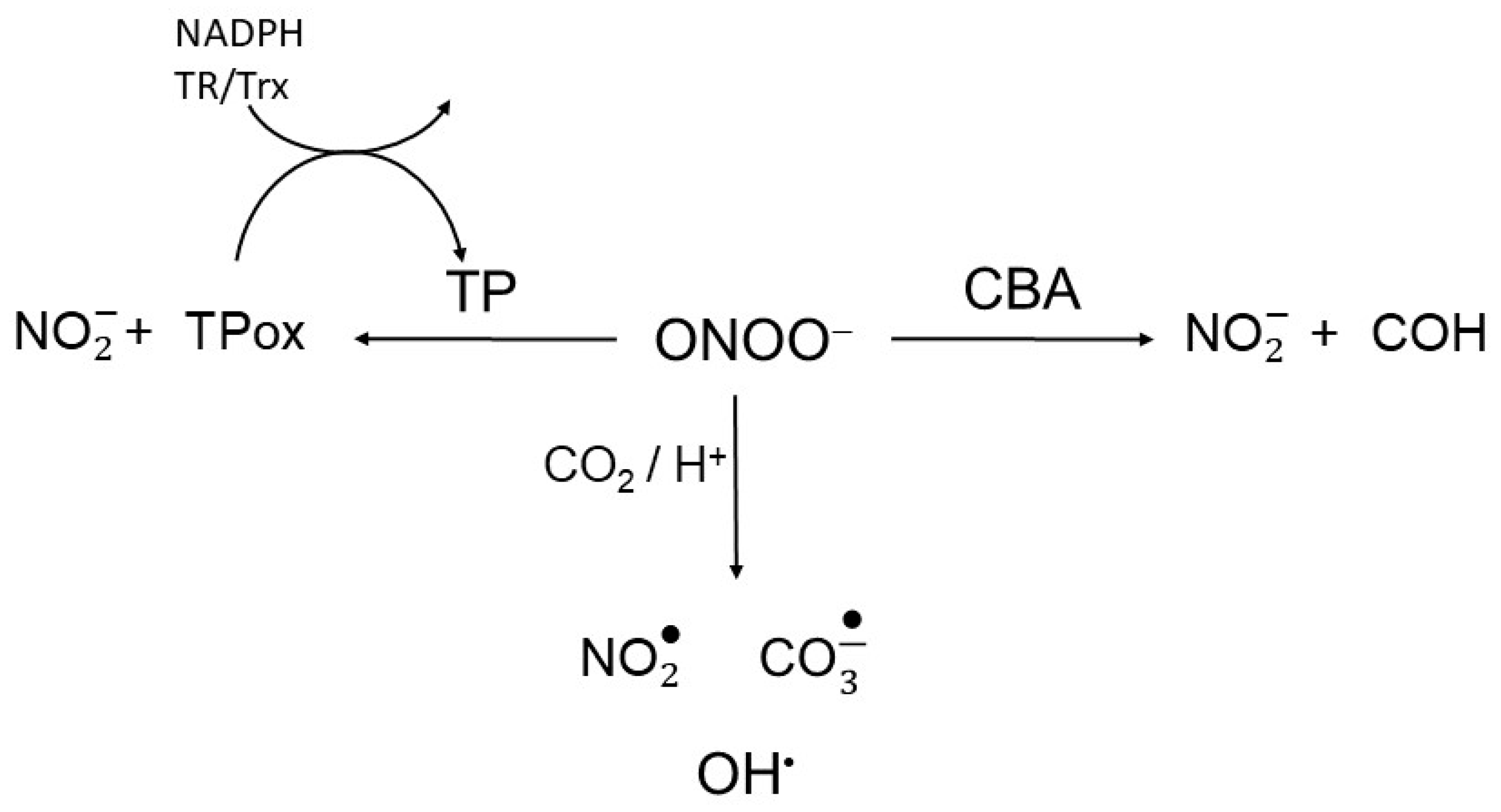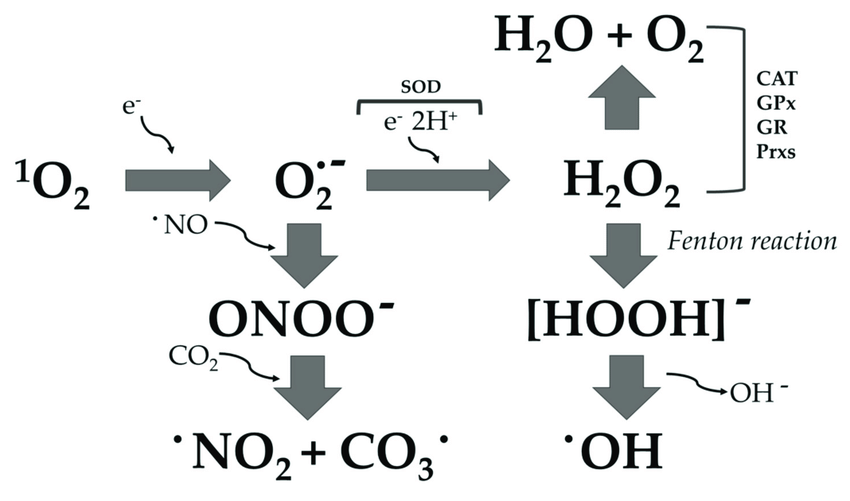ROS production pathways: 1 O 2 , singlet oxygen; O 2 · − , superoxide
4.8 (137) · € 26.99 · Auf Lager
Download scientific diagram | ROS production pathways: 1 O 2 , singlet oxygen; O 2 · − , superoxide anion; ·OH, hydroxyl radical; ONOO−, peroxynitrite anion; ·NO 2 , nitrogen dioxide radical; CO 3 ·, carbon trioxide. SOD, superoxide dismutase; CAT, catalase; GPx, glutathione peroxidase; GR, glutathione reductase; Prxs, peroxiredoxins. from publication: Current Knowledge on the Oxidative-Stress-Mediated Antimicrobial Properties of Metal-Based Nanoparticles | The emergence of multidrug-resistant (MDR) bacteria in recent years has been alarming and represents a major public health problem. The development of effective antimicrobial agents remains a key challenge. Nanotechnologies have provided opportunities for the use of | Antimicrobials, Oxidative Stress and Antibacterials | ResearchGate, the professional network for scientists.
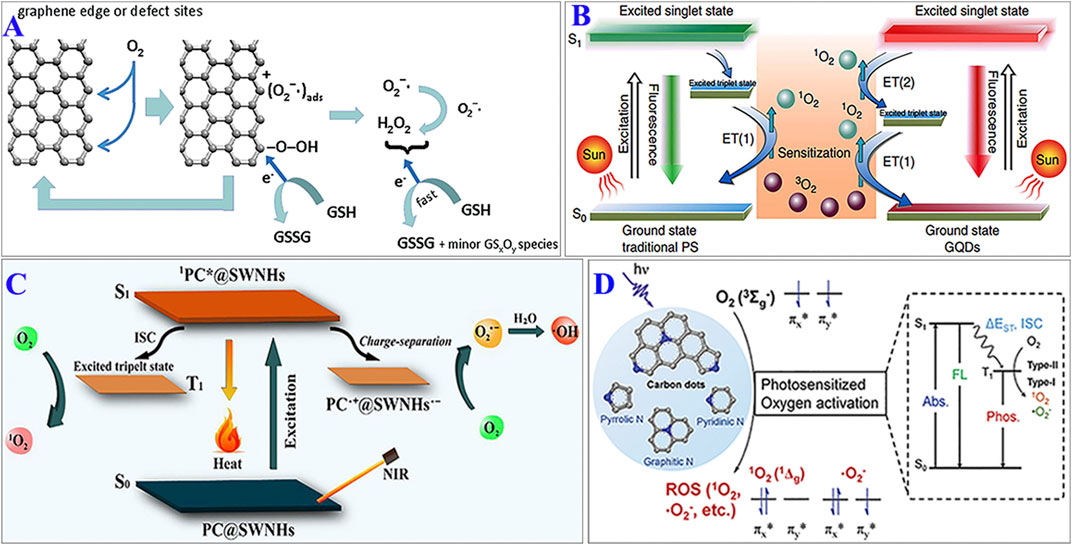
Frontiers Mechanisms of Reactive Oxygen Species Generated by Inorganic Nanomaterials for Cancer Therapeutics

Ligand impact on reactive oxygen species generation of Au10 and Au25 nanoclusters upon one- and two-photon excitation

Time-of-day-dependent responses of cyanobacterial cellular viability against oxidative stress

A) The main pathways of reactive oxygen species (ROS) generation in
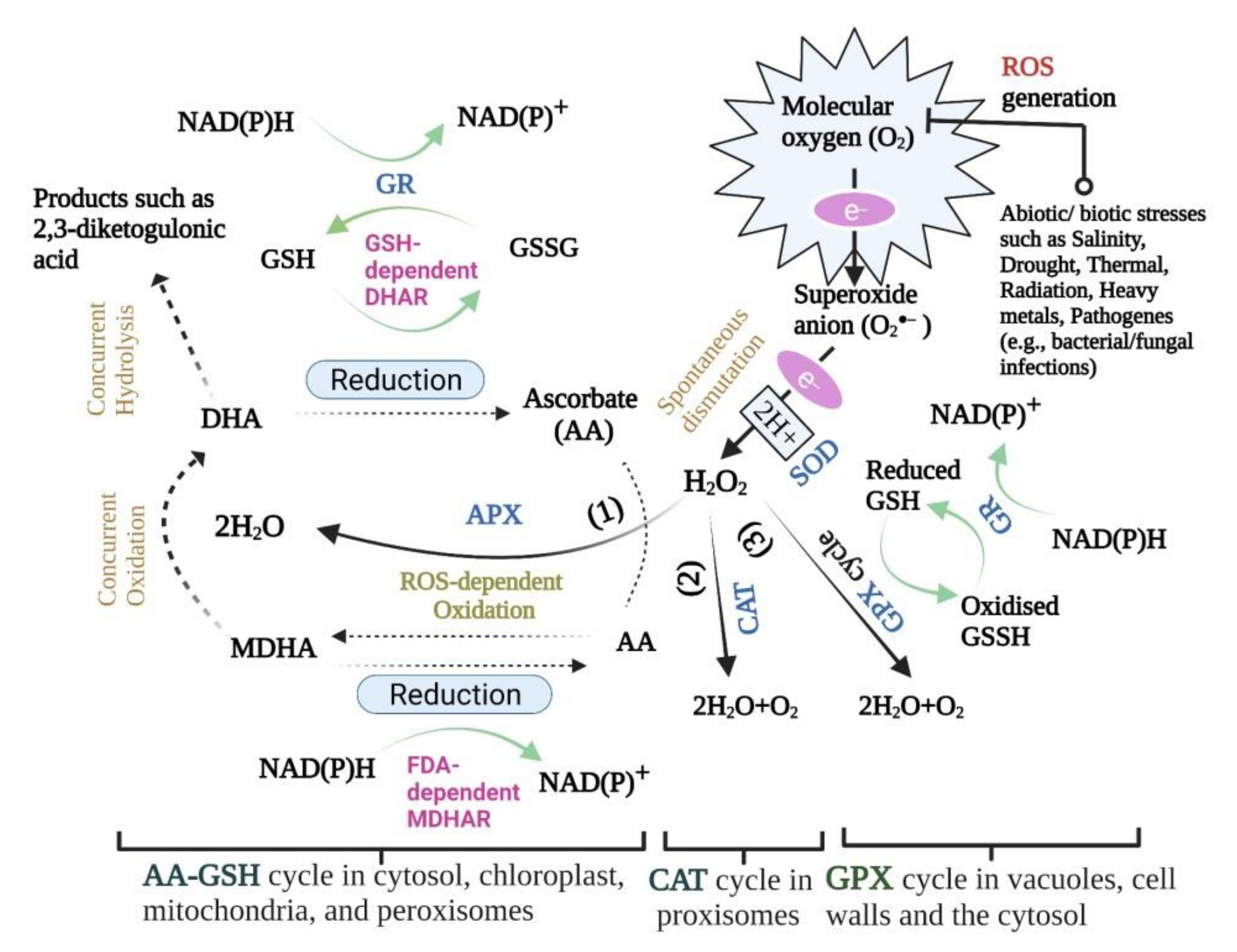
Biology, Free Full-Text
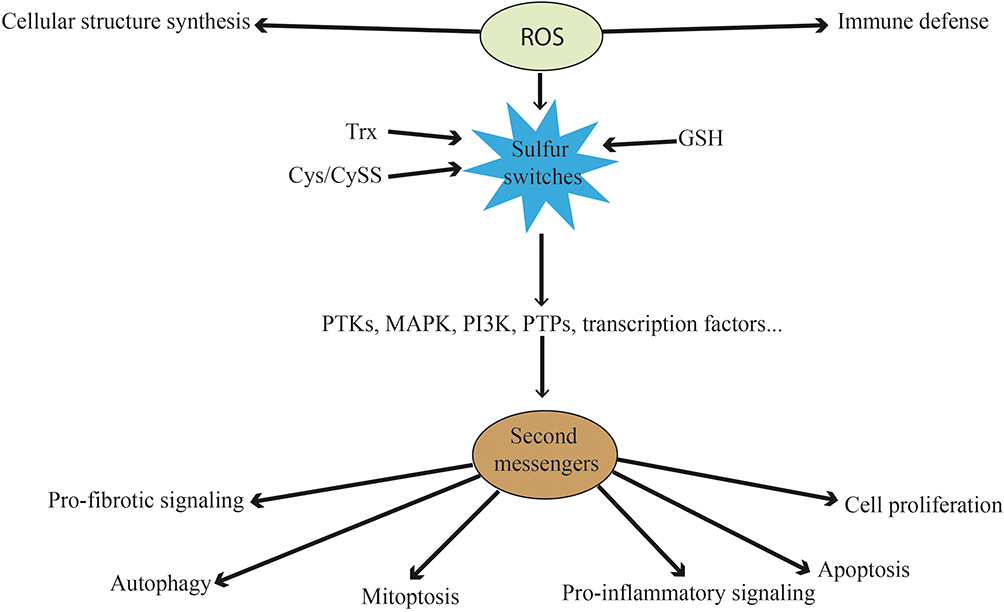
Reactive Oxygen Species: Drivers of Physiological and Pathological Pro

Reactive Oxygen Species–Induced Cancer Cell Death: A Therapeutic Approach

Reactive oxygen species (ROS) scavenging biomaterials for anti-inflammatory diseases: from mechanism to therapy, Journal of Hematology & Oncology

Table I from Production of extracellular reactive oxygen species by phytoplankton: past and future directions
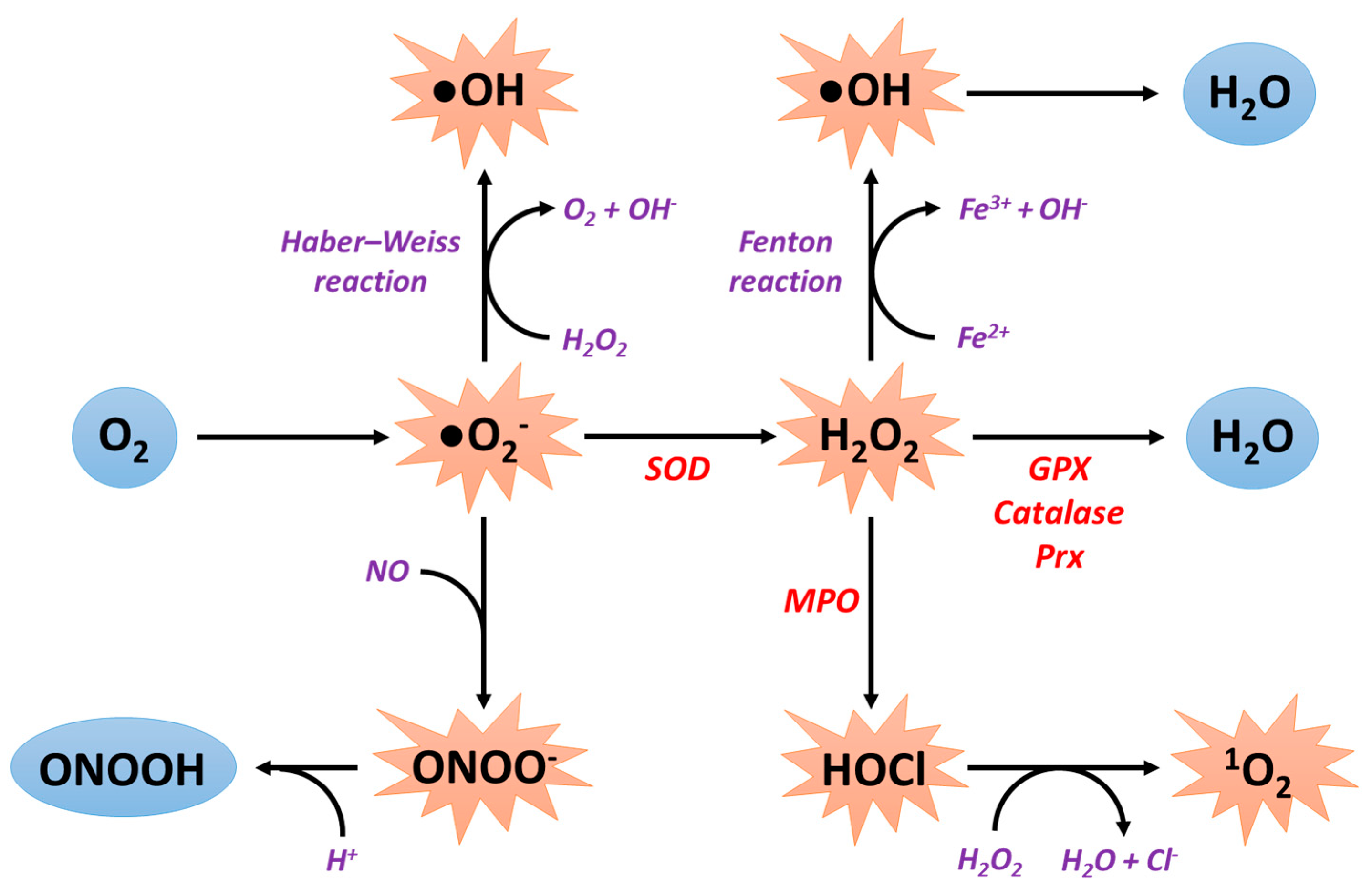
Antioxidants, Free Full-Text










